Honey badgers, also known as “ratels,” are notoriously tough members of the weasel family, known for their tough skin and vicious demeanor. Though they are called the honey badger, they are actually less closely related to badgers than previously thought. Read on to learn about the honey badger.
Description of the Honey Badger
Ratels look more like a weasel than they do a badger. These creatures are long-bodied, with short legs and a broad girth. They have very loose and thick skin, giving them the ability to turn freely and fight when grabbed. They have long, coarse fur that lacks an undercoat. The fur on their back is white or grey, and from the shoulders down they are black.
Interesting Facts About the Honey Badger
This animal’s confrontational reputation does not come without merit. These predators are tough, and can even withstand the interests of a hungry lion. There are a number of tools in the ratel’s arsenal.
- You Lookin’ at Me? – Honey badgers have small eyes and ears. Their ears are little more than small flaps of skin on the head. Having small eyes and ears equates to smaller targets when fighting. If your eyes are smaller, they are less likely to get gouged!
- Thick Skinned – Ratels have impressively thick skin, particularly on their necks. In fact, the skin on the neck can be nearly 1/4 of an inch thick! Researchers believe that their tough hide developed as a result of heavy fighting amongst themselves.
- Long in the Claw – Another impressive feature of the honey badger is their battle equipment. Having a pair of powerful claws is important when ripping open beehives and digging up burrowing prey. They have long nails that can grow to nearly two inches long on the front paws. They use both tooth and nail when defending themselves from predators.
- One Tough Tussle – These infamously tough and feisty members of the weasel family are impressive predators. They are fearless, and will even chase young lions from their kills. One common prey item for these creatures is snakes. Ratels have been known to take on some of the most venomous snakes, like cobras.
Habitat of the Honey Badger
Ratels are fans of dry habitats where they can dig up burrowing creatures and tear open dried trees. They are also found in forests as well as grasslands. They use their powerful front claws to dig a long burrow to sleep and bear their young. With such a quarrelsome animal it should be no surprise that they are more than willing to steal the burrows of other creatures!
Distribution of the Honey Badger
These mammals are found across portions of Africa and Asia, inhabiting the entirety of Sub-Saharan Africa, as well as Iran, Afghanistan, Nepal, Turkmenistan, and India. Their range spreads from southern Morocco to South Africa, and from the Caspian Sea to Western India.
Diet of the Honey Badger
These predators are not particularly picky eaters. They will consume just about anything that is edible, making them opportunistic feeders. As anyone with a sweet tooth will know, honey is delicious, and honey badgers agree!
While they enjoy hunting and tearing apart bees’ nests, it is definitely not the only thing they will feast on. Some of the items on their menu include rodents, birds, insects, reptiles, frogs, fruits, vegetables, and berries.
Honey Badger and Human Interaction
Unfortunately for farmers, ratels have voracious appetites, and are not easily deterred. This makes them quite the livestock pest, particularly for poultry. These predators make short work of chicken coops, easily ripping planks and netting away to reach the birds.
When attacked by humans, dogs, or other predators they can be ferocious adversaries. This will, of course, result in retaliation killings of the creatures.
Domestication
The ratel has not been domesticated in any way, though there were rumors of it being used as a weapon during the occupation of Basra. This has been heavily denied, and there is no evidence to back up the claims.
Does the Honey Badger Make a Good Pet
Deep down inside you probably know the answer to this question on your own but, no they are much too dangerous to make a good pet.
Honey Badger Care
In zoos, honey badgers require a habitat with plenty of tunneling area or simulated burrows. They need lots of hiding places, and false burrows with viewing windows can be quite useful. Their diet in zoological facilities generally consists of commercial zoo carnivore meat diet, knuckle bones, mice, mealworms, crickets, fruit, and the occasional treat of honey.
Behavior of the Honey Badger
Surprisingly, these solitary predators do not have strictly defended territories. Instead, their territories have more loose boundaries, allowing them to interact at favorite foraging spaces. They will fight amongst one another, and their deep growl can be incredibly ominous. When females are ready to breed they will dig a nursery chamber in their den.
Reproduction of the Honey Badger
Little is known about the mating displays or habits of the honey badger. After breeding they have a gestation period of approximately eight weeks. The female will give birth to one or two helpless cubs, which are born blind. The cubs are fully grown by the time they reach six months of age, but will remain with their mother until they are up to two years old.

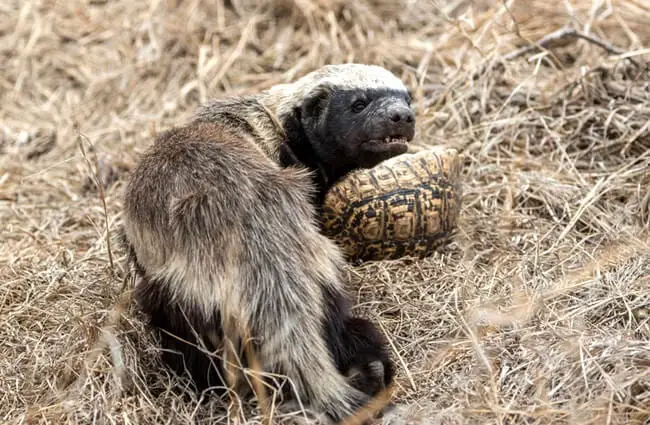
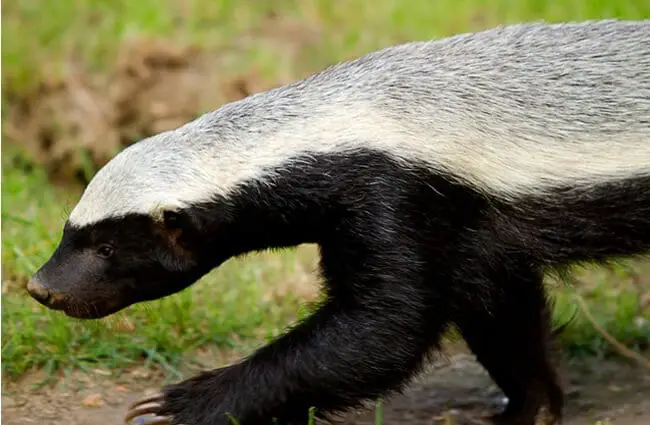
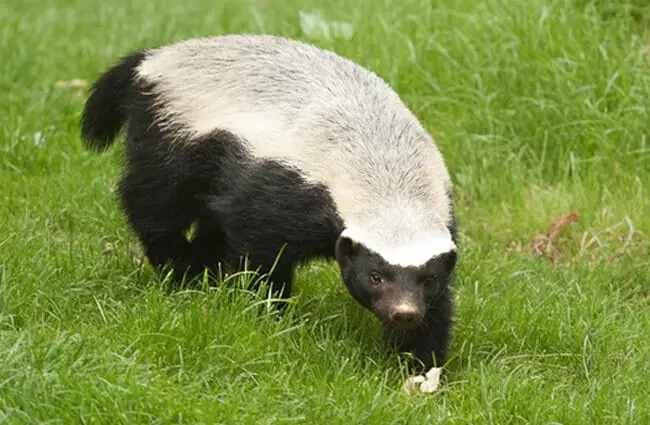
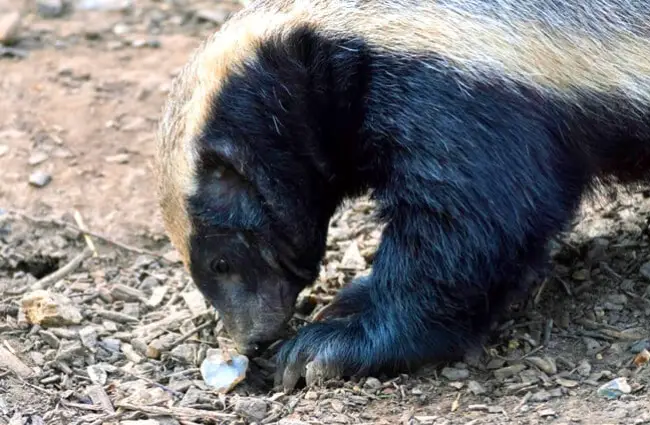
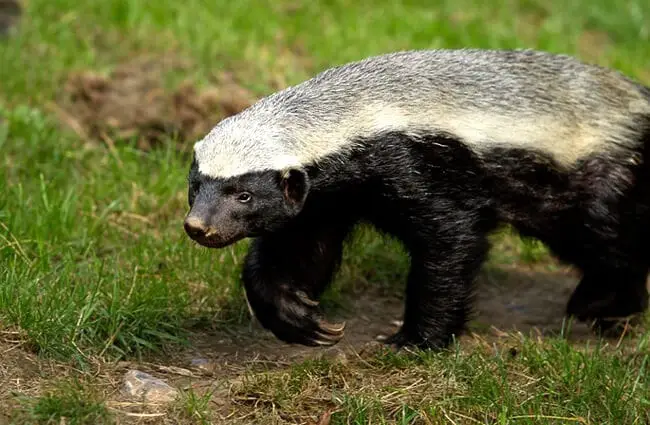


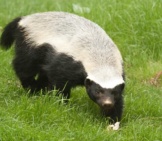
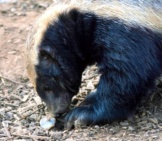
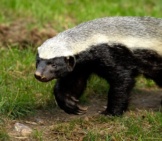
![Red Angus Closeup of a beautiful Red Angus cowPhoto by: U.S. Department of Agriculture [pubic domain]https://creativecommons.org/licenses/by/2.0/](https://animals.net/wp-content/uploads/2020/03/Red-Angus-4-238x178.jpg)












![Red Angus Closeup of a beautiful Red Angus cowPhoto by: U.S. Department of Agriculture [pubic domain]https://creativecommons.org/licenses/by/2.0/](https://animals.net/wp-content/uploads/2020/03/Red-Angus-4-100x75.jpg)

